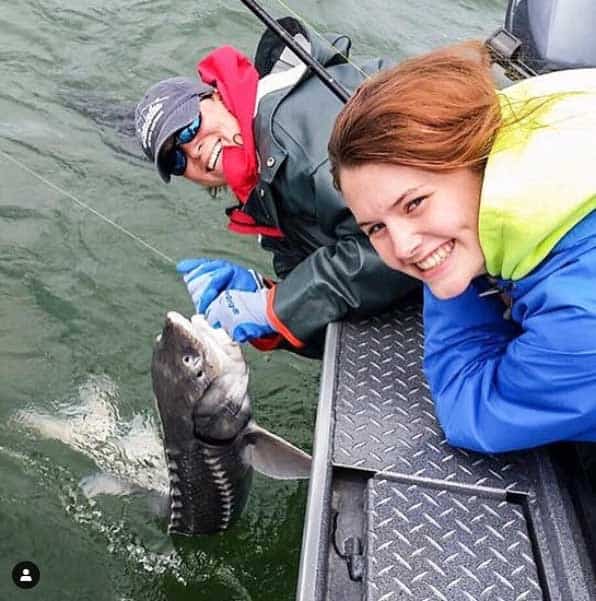How to catch Sturgeon 101
With summer on the lower Columbia River quickly approaching, I have been hearing lots of stories of the have’s, and have-not’s of sturgeon fishing. Some boats are already reporting 30+…
Comments Off on How to catch Sturgeon 101
June 14, 2019

